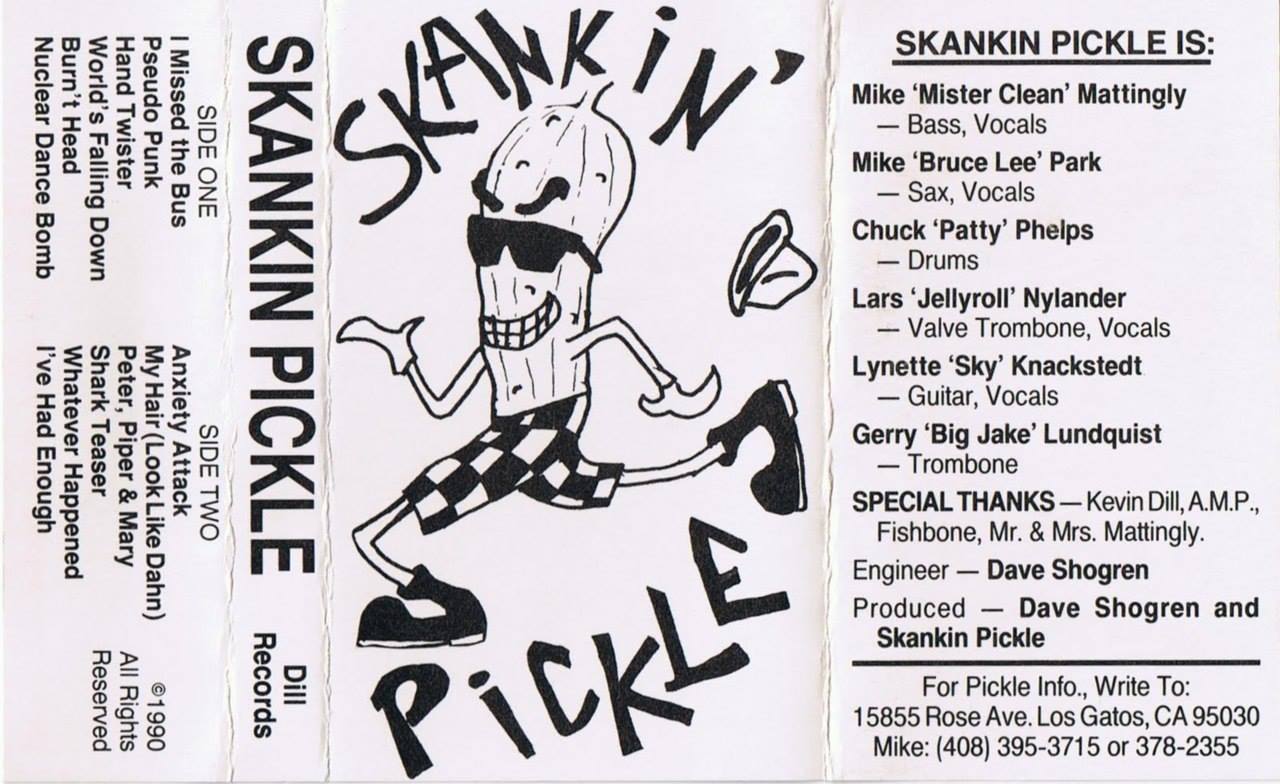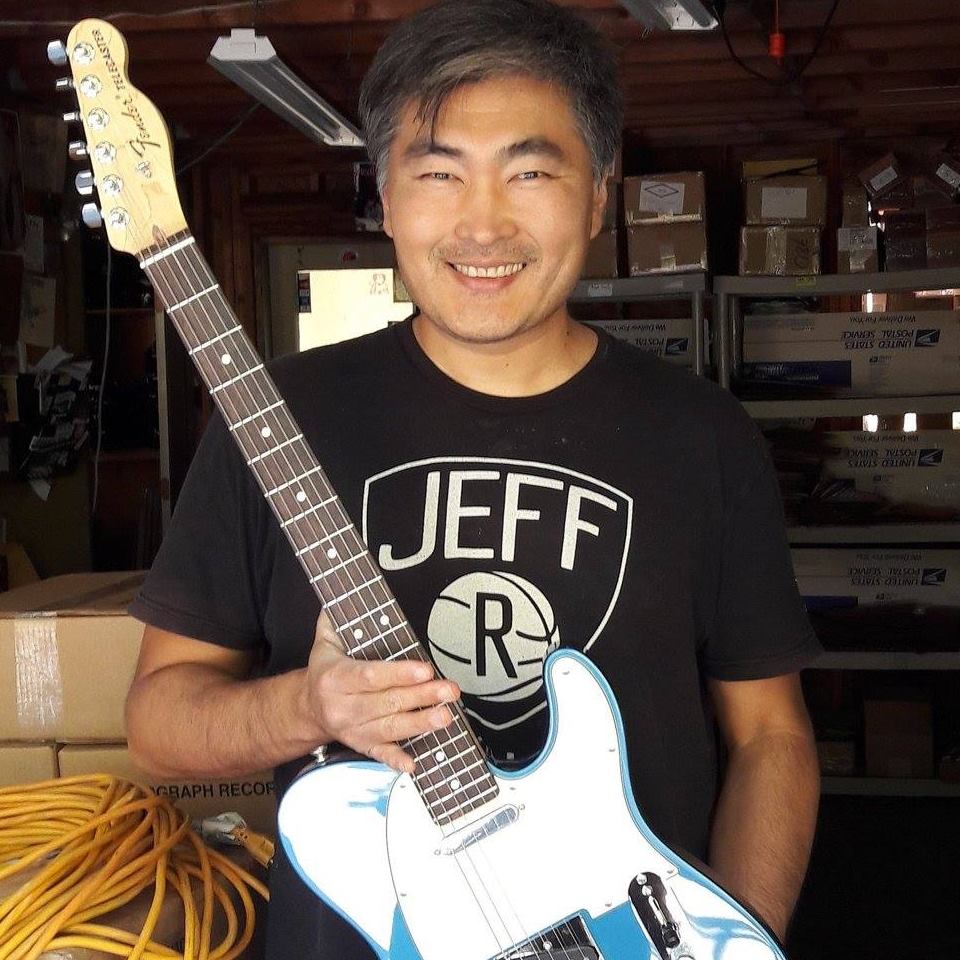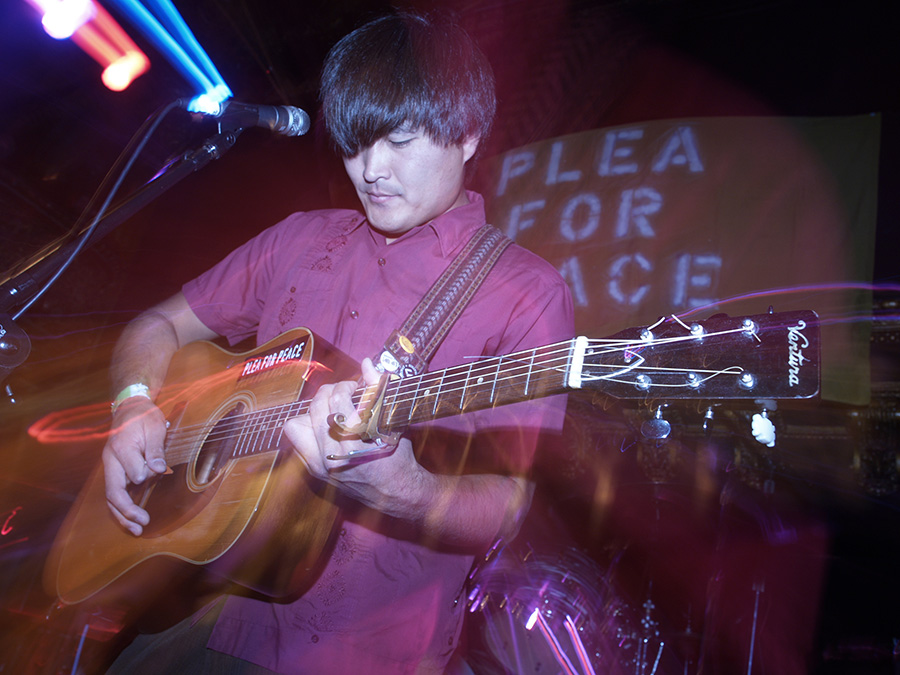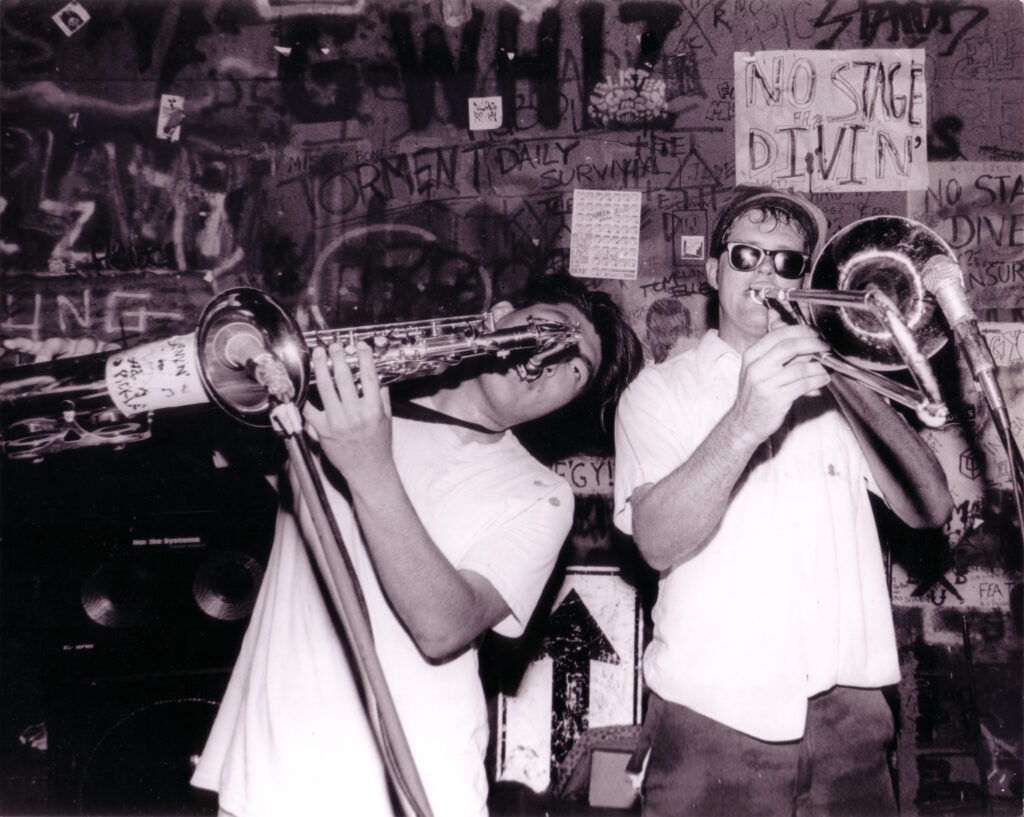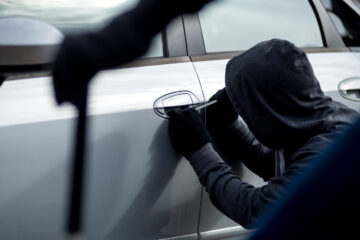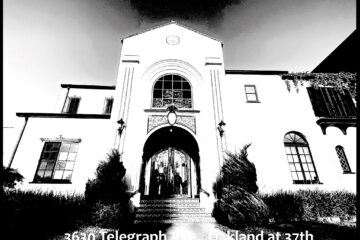Legend Mike Park on the Past & Future of Ska
Growing up in the Bay Area punk scene in the 1990s punk/ska you knew about Mike Park, his label Asian Man Records and his band Skankin’ Pickle. I myself saw them once at Gilman, a semi-underground venue located off Gilman Street in Berkeley. I was probably wearing Jnco jeans and skanking my little butt off. It was there I fell in love with the bright, bold and dynamic beats within ska music.
Mike Park is a local Bay Area ska legend. He started to put out records in 1991 and his label started up in 1996; run by himself in his parent’s garage in The Bay Area. “I do this for the love of music, not for capitalist gain or status recognition.” says Park on his website. His passion for music comes through in everything he does but also he’s a hero within the punk and ska scene – especially for younger fans who are looking to eventually start their own label or be signed to a label themselves. He supports small artists while also supporting the fans who can’t afford the crazy music prices out there by continuing to keep his records affordable for all. He is one of the most approachable, kind and talented artists I’ve had the pleasure of interviewing. I’m so grateful he took the time to talk to us about the history of ska in The Bay Area, his music and also give us tips on some up and coming artists, too.
Our interview with local Ska legend: Mike Park
Q: What was it like putting on ska shows in the Bay Area back in the day?
Ska shows back in the late 80’s were mostly done at DIY venues. The only real venue that would book smaller local ska shows was 924 Gilman. So we put on shows anywhere. Vets halls, basements, house shows, etc.. Basically anywhere we could plug in our amps.
Q: What’s the craziest thing that happened to you while you were on stage.
Back in the mid 90’s skankin’ pickle had played a show in Tampa, Fl. and I had heard some commotion going on in the audience and was taken back by the fact that there was a young man in front giving me the sieg heil salute and yelling SLOPE. I had to end up jumping into the audience and pulling this man to safety as the crowd was getting ready to literally beat the living shit out of this person.
Q: How would you describe the Bay Area music scene, what’s different about it? What’s its flavor?
That’s hard to gauge considering how big the Bay Area is. And with so many different sounds coming out of this melting pot, it would be impossible to sum it up with a few sentences. I feel the Bay Area has a diverse palate of artists who play everything from metal, hardcore, punk, emo, indie rock, surf, garage, reggae, etc.. Basically, you name it and we’ve got bands that play that style. I’d like to think there was more crossover within the genres, but if I’m being honest there are barriers for sure.
Q: How has the Ska genre changed over the years? The ska boom of the 1990s vs now?
Starting before the ska boom of the mid 90’s we had a strong scene here with bands like the UPTONES, UNDERCOVER SKA, and then later with the LIQUIDATORS, DANCE HALL CRASHERS, SKANKIN’ PICKLE. Because we were fresh off the sound of two tone, those bands directly influenced the music. And eventually morphed into what people call the third wave and the mainstream success of bands like no doubt, Mighty Mighty Bosstones, reel big fish, etc.. In the 20 years since the ska boom of the 90’s, we’ve seen more and more bands bring in different sounds to blend with the SKA sound. From death metal to hyper pop to calypso to folk ska. One big difference I recall is the fashion. The fashion of the 80’s/90’s was very mod-driven. A lot of folks looked like they were extras in Quadrophenia. I feel like these days bands just dress however they wish and it’s quite welcoming, to be honest.
Q: How did covid change how you connected with performers between 2020 & 2021?
Just like everyone I was in lockdown and depending on zoom to have group meetings. I was lucky enough to record 2 records during 2020 and 2021. So it was quite helpful to have that release to play music in a studio setting. But nothing beats a live show and having that back and forth relationship with the audience.
Q: What does the future of Ska look like?
It’s hard to say. But I’m hoping it stays underground. Whenever a sound is exploited it ruins the integrity of the music by creating copycat bands trying to jump on the popular wave at the time. But right now it’s doing quite well. There’s strong support for the music and so many great bands coming out globally.
Q: Your new single with The Bruce Lee Band “Did you find the money farm?” feels like a new ska classic. Tell us about the process of creating this song and its meaning.
It’s a politically driven tune that represents the wealth gap of the 1%. It’s pretty black and white lyrically. Sonically I’m influenced by the traditional sounds of Jamaican ska with a big brass sound and that distinct one drop. We(the bruce lee band) recorded a full album last summer and this was my favorite of the batch of 12 songs that will be released. It didn’t hurt to have my musical hero Angelo Moore from FISHBONE join the recording process by laying down a beautiful saxophone solo.
Q: What are some cool up-and-coming bands in punk and ska these days?
If we’re strictly speaking Bay Area, there’s a couple of great punk bands like GRUMPSTER and SARCHASM who come from that 924 Gilman scene. And a beautiful indie rock band called SMALL CRUSH. There’s a cool new SKA solo artist named EICHLERS from the East Bay that has been mixing hyper pop into the ska influences.
The Bruce Lee Band “Did you find the money farm?”
Q: If you have any comments on this recent article: When Old Punks Go Racist
When you see your heroes of yesteryear go down the dark side of a conspiracy theorist or straight-up racist, what do you do? You feel disappointed and you feel let down. Because a lot of these artists were the ones who gave you the courage to be part of the punk community and gave a voice to the marginalized.
To learn more about Mike Park go to:
Mike’s Instagram
Mike Park on Facebook
Asian Man Records
Skankin’ Pickle
Bruce Lee Band
Mike Park on Twitter


